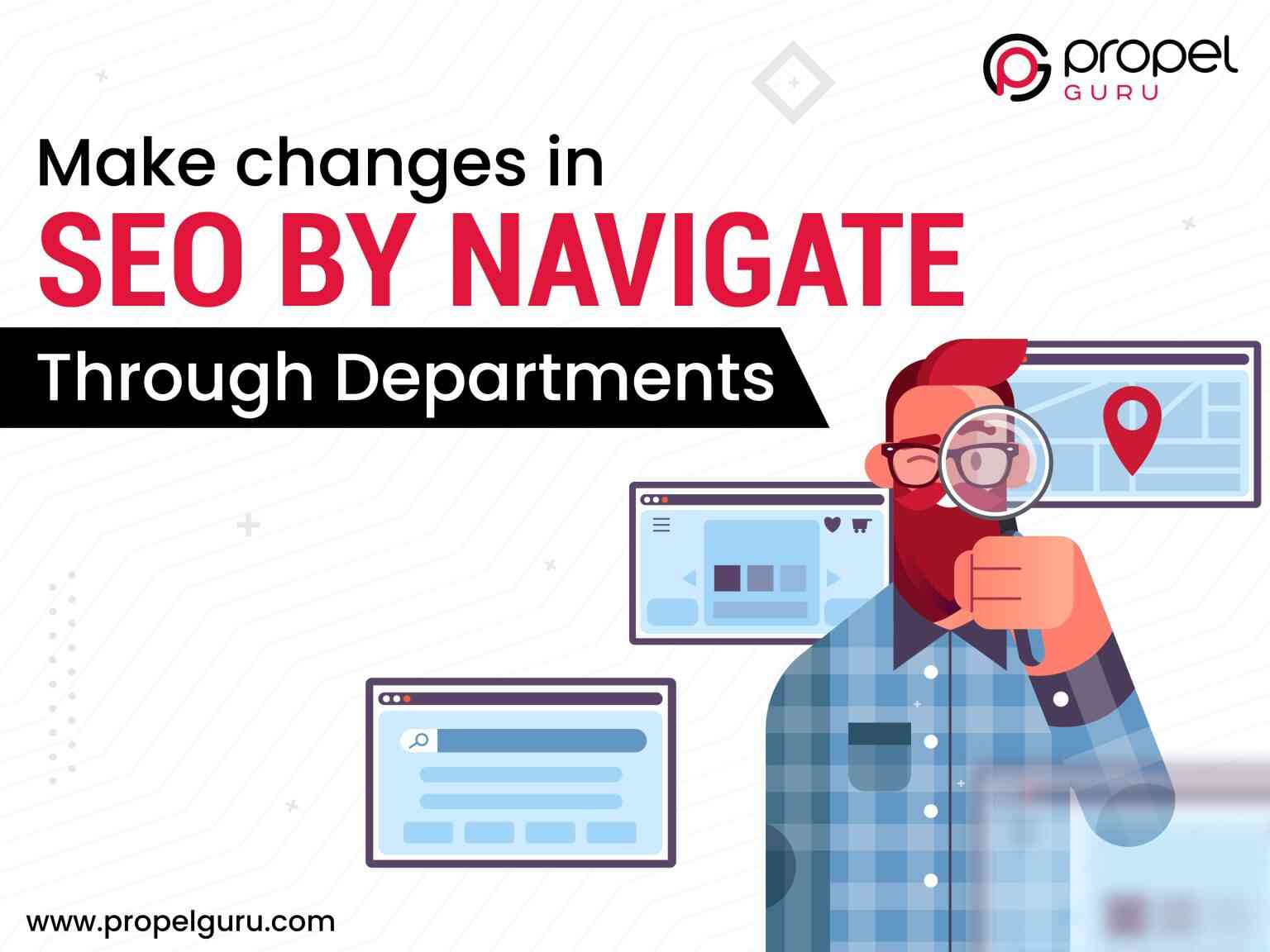Sharing is caring!
SEO is a constantly evolving beast. When you believe you know precisely what Google is looking for, an algorithm upgrade throws a wrench in your plans.
Some tried-and-true SEO tactics will continue to be used while algorithm modifications and enhancements are made. Using these approaches on your site will improve your rankings while also future-proofing your site against Google’s inevitable changes.
The reality is that your website is basically invisible if it does not appear in Google’s top 10 results for your chosen keywords.
You can use a variety of strategies and techniques to boost your ranking chances. However, if you don’t get the fundamentals right, such as on-page SEO, your chances of getting on Google’s first page are slim.
You’ll establish the groundwork for your site’s increased visibility in search by following SEO best practices. You can continue to more comprehensive keyword research and link-building tactics once you’ve set the foundation.
Here are the 6 strategies that will help you bring impactful changes with the help of SEO.
Target Longtail Keywords
Long-tail keyword is more specific and longer than traditional target keywords. Despite having a lower search volume than shorter phrases, they can nevertheless be useful.
Long-tail keywords explain why people look for something specific rather than just what they want. They now account for a higher search traffic than shorter phrases. Long-tail terms account for 91.8 percent of all searches, according to a recent poll. This is a huge change from the early days of the internet.
Alt Text for Images
The alt text, often known as alternative text, of a photograph is a concise description of the image. According to MozCast, it is still a key Google ranking factor, with a 20 percent impact on results.
The alt text of visually impaired users is spoken aloud to them using a screen reader. Unfortunately, 55% of e-commerce sites fail to meet basic accessibility requirements.
Google’s algorithm improves as the internet gets more accessible. This implies that accessible websites will take precedence over inaccessible websites. After all, the more available a site is, the more traffic it may generate.
Focus On User Experience
You must consider your users’ experience from beginning to end and keywords and content.
Google considers several variables when ranking your website: the amount of time spent just on a page (or dwell time). If visitors leave your page within seconds of visiting, this tells Google that it isn’t the material they seek.
The time it takes for a page to load impacts dwell duration and bounce rates. The time it would take for a web page to fully load in 10.3 seconds on desktop and 27.3 seconds on mobile, according to an analysis of over 5 million desktop and mobile pages.
Include Different Media Types
There are some things you can do to help your SERP rankings indirectly. Using a variety of media kinds across your blog is one of them.
Audio files, films, ebooks, and GIFs are examples of media in addition to photos. These media kinds are designed to be interacted with, and as a result, they boost both dwell time and user-experience on your website.
According to Hubspot, videos have surpassed blogs as the most popular form of media in most content strategies. Video marketing is used by 86 percent of firms to grow their business, while 84 percent of consumers report that watching a brand’s video influenced them to purchase a product or service.
Eliminate Unnecessary Backlinks
Backlinks used to be thought of as SEO’s “hidden gem.” While backlinks are still a significant ranking factor for Google, the quality of those backlinks is more crucial than ever.
Google released a new algorithm change in 2021 that targeted and discounted poor backlinks. While no specific sites were penalized due to the procedure, it did stop counting a large number of backlinks that many areas had been accustomed to, which impacted rankings.
Many websites still receive no organic traffic from Google, accounting for 91 percent of all pages. This is because more than half of those pages have no backlinks.
Build A Brand
Ever since the late 2000s, Google has been emphasizing brands more and more. They seek brand signals to sort out false information and deliver more reliable results for each search. As a result, it is a crucial ranking component.
Revenue can grow by up to 23 percent when a company is consistently portrayed across all platforms. Branding also makes presenting your ideas and increasing client loyalty easier. Customers are inclined to remain loyal to firms that reflect their beliefs, according to 89 percent of customers.
With the development and expansion of your brand, you will begin to receive more traffic from both non-branded and branded terms.
Bottom Line
If you want to increase your search rankings, these SEO best practises are a great place to start. Regardless of your industry, the competition for a spot on Google’s first page is challenging.
To stay ahead of the competition, make sure you keep up with current SEO trends and apply different SEO methods regularly after you’ve followed these best practices.



Ajay Dubedi
CEO & Founder
15+ years leading business operations and client management in the segments of digital marketing and CRM. Driven by test-driven development paradigms, and exceedingly collaborative across all disciplines (from stakeholders to product to design to development to users – and back again).
Hire the best Digital Marketing Company from Canada. Choose certified Digital Marketing Specialists from Propel Guru now.



